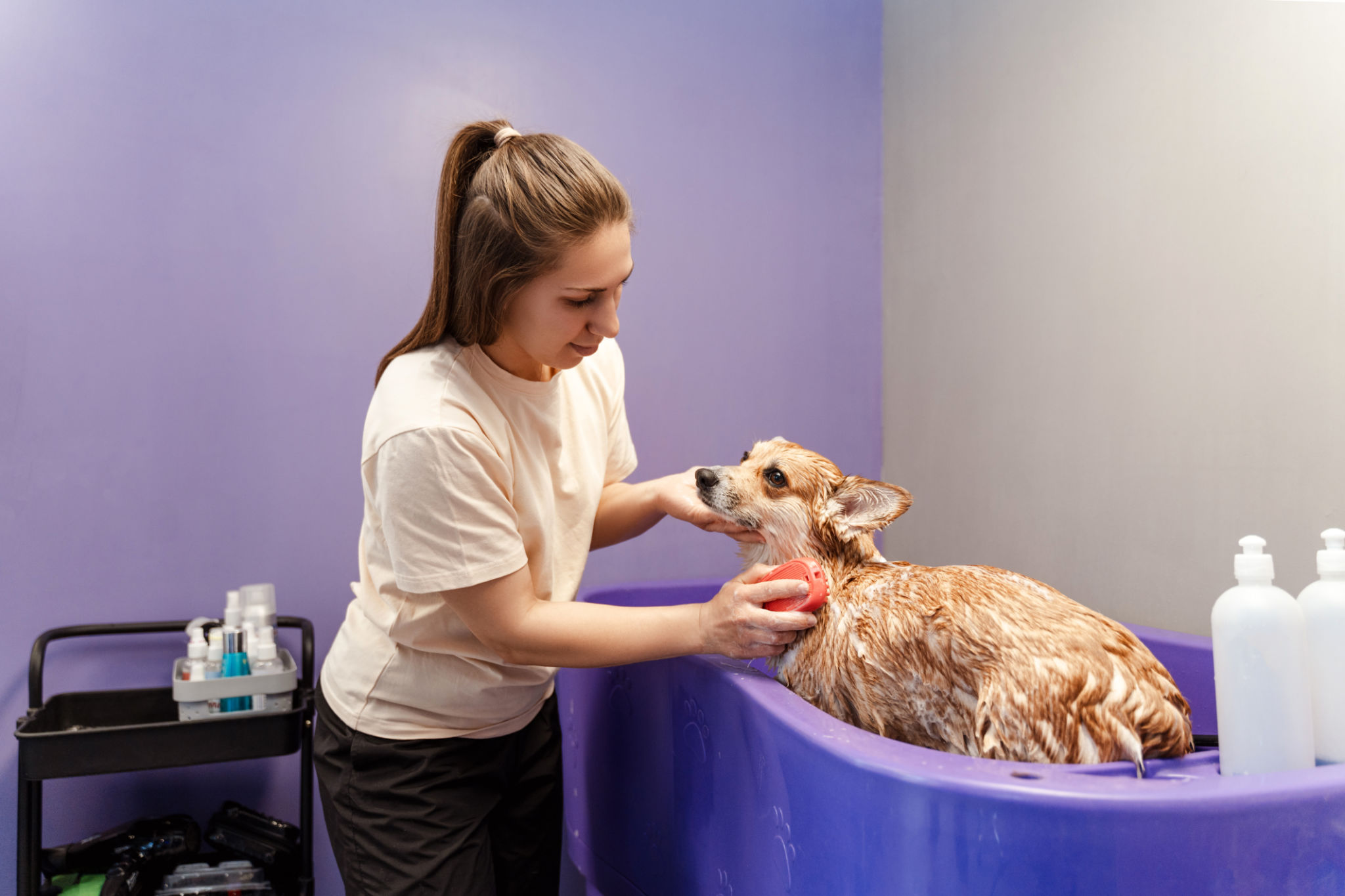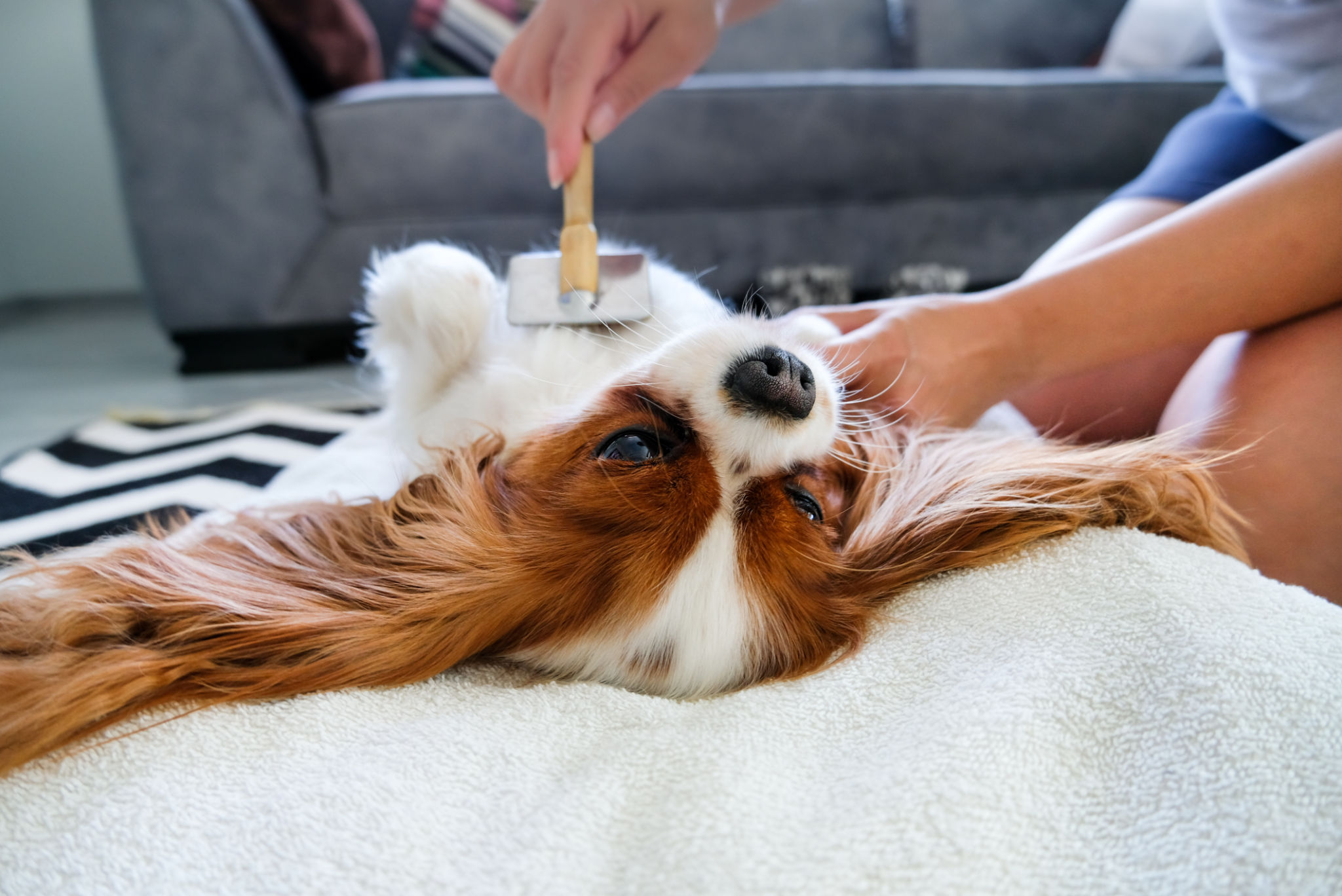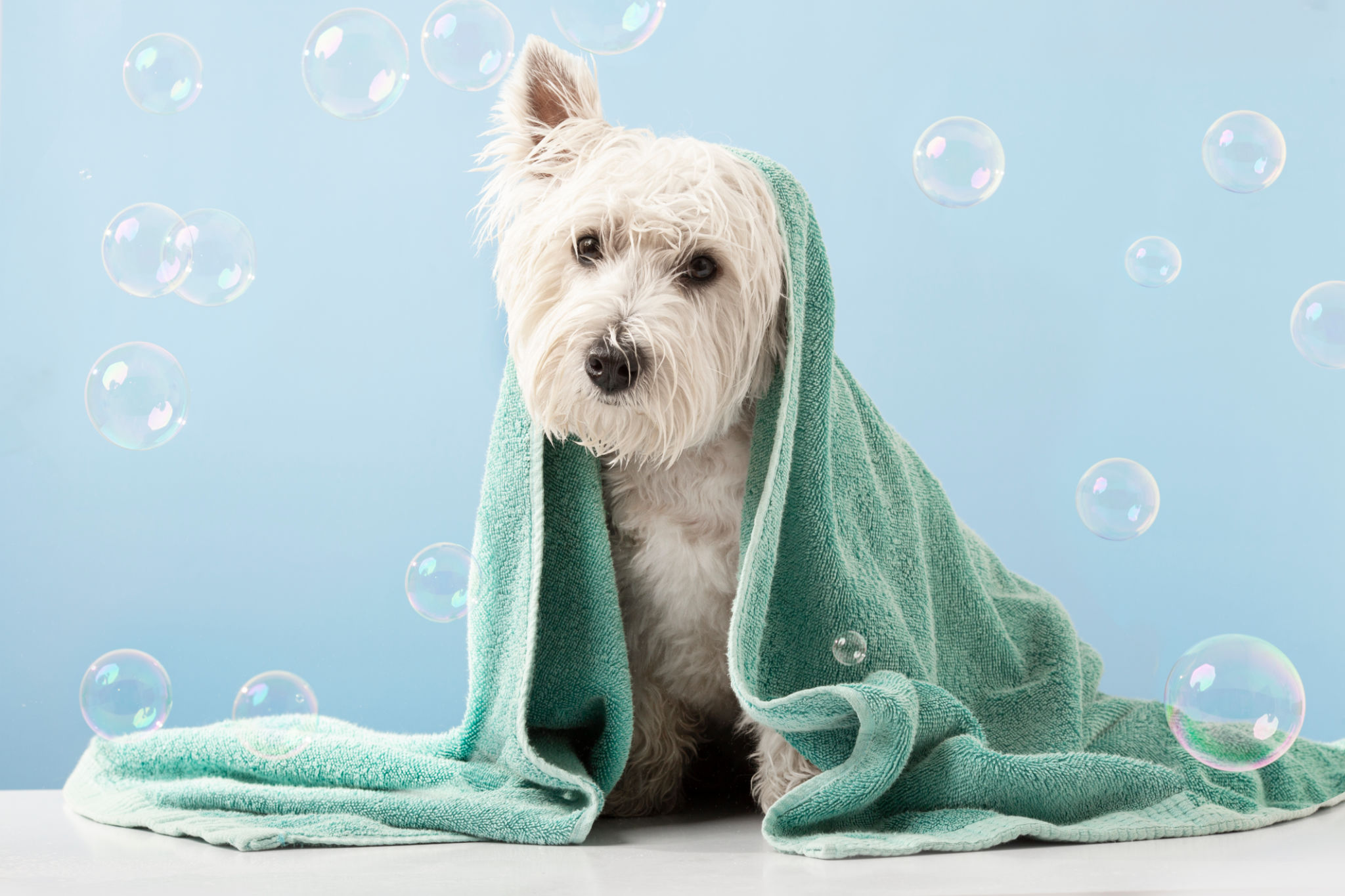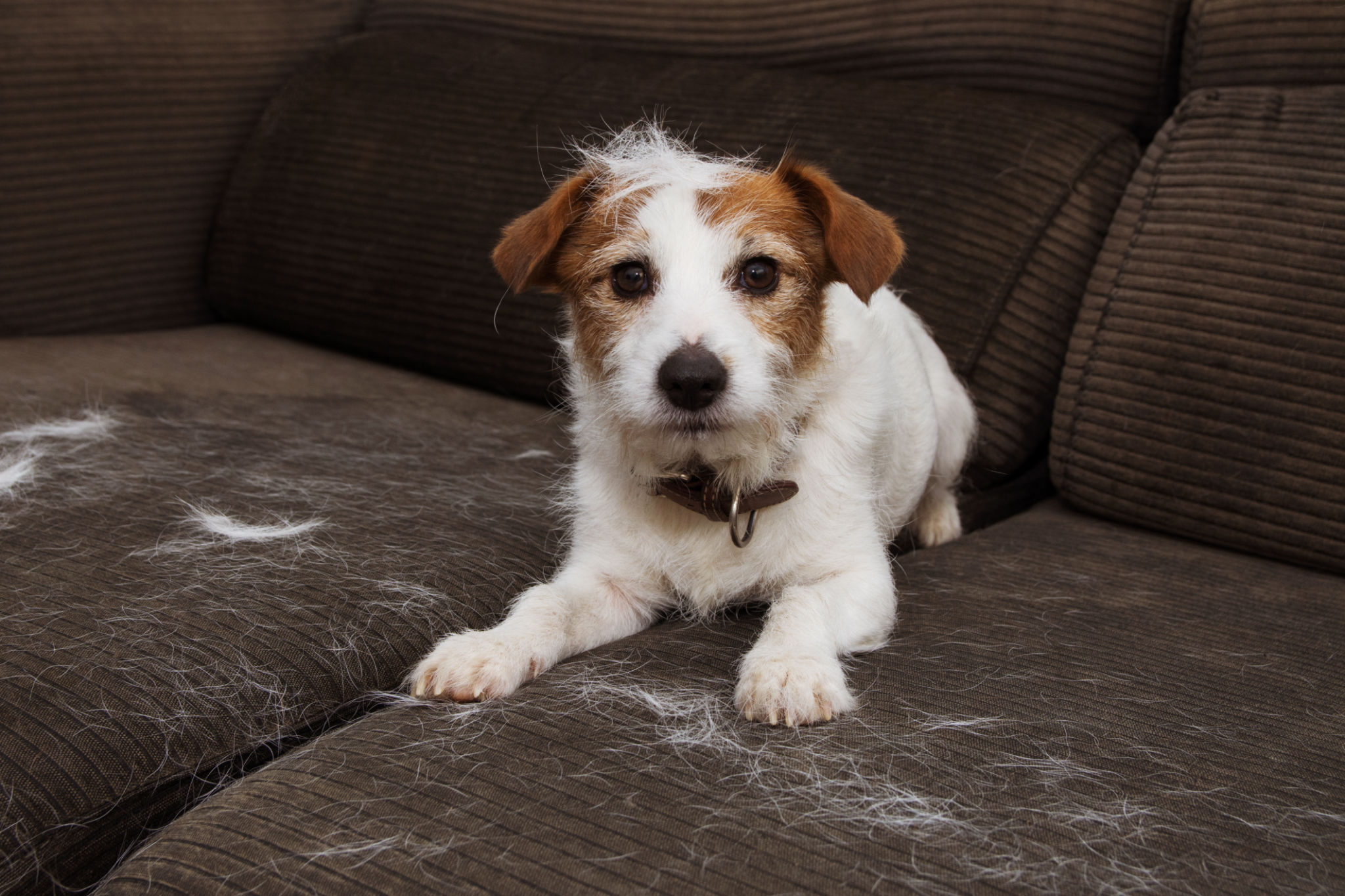Expert Pet Grooming Advice: Maintaining Your Pet’s Coat Between Appointments
Understanding Your Pet's Coat
Maintaining your pet’s coat between grooming appointments is essential to keeping them looking and feeling their best. A well-maintained coat is not just about aesthetics; it plays a crucial role in your pet’s overall health. Different breeds have different grooming needs, and understanding these can help you take better care of your furry friend.
Some pets have single-layer coats, while others have double coats that require more attention. Researching your specific breed's coat type will guide you on the frequency and kind of grooming required. Regular brushing is key to avoiding mats and tangles, especially in breeds with long hair.

Regular Brushing
Brushing your pet’s coat regularly helps to remove loose hair, dirt, and debris. It also stimulates the skin, promoting natural oil production that keeps the coat shiny and healthy. Aim to brush your pet at least once or twice a week. For breeds with longer hair, daily brushing might be necessary to prevent mats.
Choosing the right brush is crucial. For short-haired pets, a bristle brush or grooming glove may be sufficient. Long-haired breeds may require slicker brushes or combs with wide-set teeth. Always be gentle and patient during grooming sessions to make it a positive experience for your pet.

Bathing Your Pet
Bathing is another critical aspect of maintaining your pet’s coat. However, over-bathing can strip natural oils from the skin, leading to dryness and irritation. Generally, bathing your pet once a month is sufficient unless they get particularly dirty. Use pet-specific shampoos that cater to their skin type.
Before bathing, ensure you thoroughly brush out any tangles or mats, as water can make them worse. After the bath, dry your pet completely to prevent any skin issues caused by moisture trapped in the fur.

Nutrition and Coat Health
Your pet’s diet has a significant impact on their coat health. A balanced diet rich in omega-3 and omega-6 fatty acids promotes a shiny and strong coat. Providing high-quality food and supplements can reduce shedding and improve overall skin health.
Always consult with your veterinarian before making any significant changes to your pet’s diet or adding new supplements. They can offer guidance based on your pet's specific needs and health conditions.
Managing Seasonal Shedding
Most pets experience increased shedding during seasonal changes. To manage this, increase the frequency of brushing sessions to help remove loose hair before it ends up around your home. Regular vacuuming also helps keep shedding under control.
Consider using deshedding tools or treatments during these periods to reduce the amount of hair your pet sheds. These tools are designed to gently remove the undercoat without damaging the topcoat.

When to Seek Professional Help
While regular at-home grooming is essential, professional groomers can provide services that may be challenging to perform at home, such as nail trimming or ear cleaning. Schedule professional grooming sessions every 4-6 weeks, depending on your pet’s breed and coat type.
If you notice any signs of skin irritation, excessive shedding, or bald patches, it may be time to consult your veterinarian or a professional groomer for advice. They can identify underlying health issues that may require medical attention.